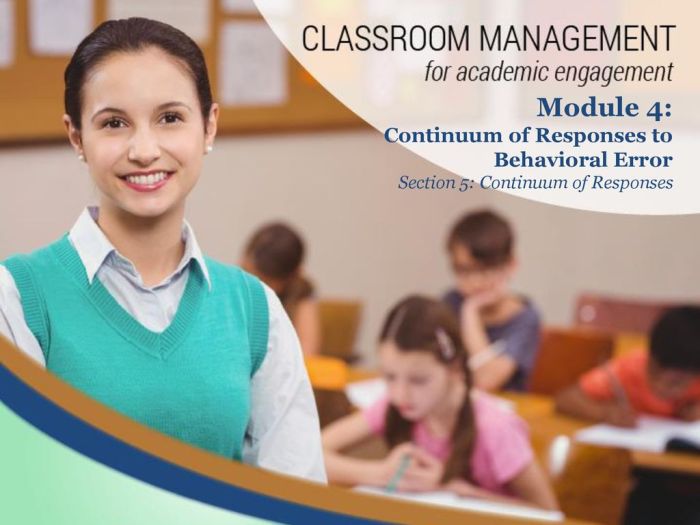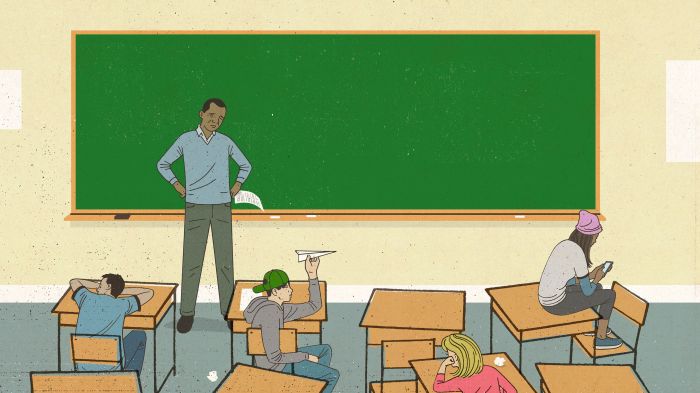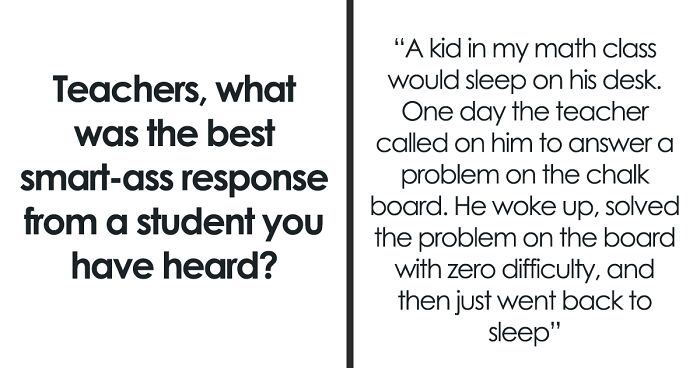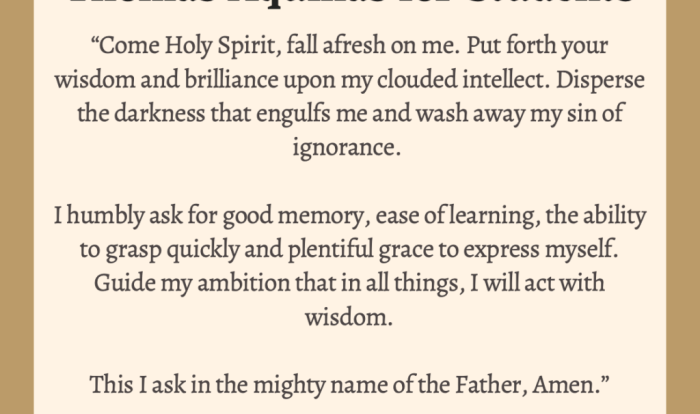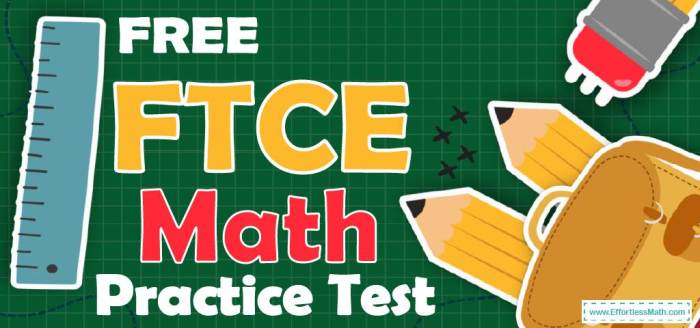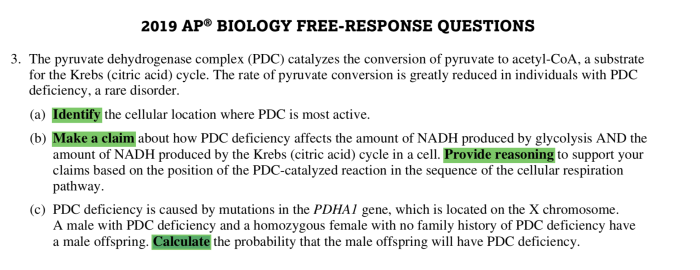Teachers responses to the misbehavior of students best describes – Teachers’ Responses to the Misbehavior of Students Best Describes delves into the intricate tapestry of interactions between educators and students in the face of classroom disruptions. This exploration unveils the complex interplay of student characteristics, teacher beliefs, and environmental factors that shape how teachers respond to misbehavior, and the profound impact these responses have on student behavior, classroom climate, and teacher-student relationships.
By examining the nuances of effective teacher responses, this narrative provides educators with research-based strategies for navigating challenging behaviors, fostering positive classroom environments, and building strong relationships with their students. Moreover, it emphasizes the importance of collaboration, support, and professional development in empowering teachers to respond effectively to misbehavior, ultimately promoting student success and well-being.
Defining Teacher Responses to Student Misbehavior: Teachers Responses To The Misbehavior Of Students Best Describes

Teacher responses to student misbehavior refer to the actions and strategies teachers employ to address inappropriate or disruptive behavior in the classroom. These responses can vary widely, ranging from ignoring minor infractions to implementing severe consequences.
Different types of teacher responses include:
- Verbal reprimands
- Nonverbal cues (e.g., eye contact, body language)
- Time-outs
- Conferencing with students
- Referral to school administration
When responding to misbehavior, it is crucial to consider the context of the situation, including the student’s age, developmental level, and the nature of the misbehavior.
Factors Influencing Teacher Responses
Several factors can influence teacher responses to misbehavior, including:
- Student characteristics:Age, gender, personality, cultural background, and history of misbehavior
- Teacher beliefs and attitudes:Views on discipline, expectations for student behavior, and personal experiences
- School and classroom environment:School policies, classroom rules, and the level of support provided to teachers
Effective Teacher Responses
Effective teacher responses to misbehavior typically share the following characteristics:
- Timely and consistent:Responding promptly and consistently to misbehavior helps establish clear expectations and prevent escalation.
- Age-appropriate and individualized:Responses should be tailored to the student’s age and developmental level, as well as their individual needs.
- Fair and unbiased:Teachers should treat all students fairly and avoid bias based on race, gender, or disability.
- Respectful and supportive:Responses should maintain a respectful and supportive relationship between teacher and student.
Research-based strategies for responding effectively to misbehavior include:
- Positive reinforcement
- Setting clear expectations
- Providing choices
- Using logical consequences
- Conferencing with students
Consequences of Teacher Responses
Teacher responses to misbehavior can have significant consequences for students, including:
- Impact on student behavior:Effective responses can deter future misbehavior, while ineffective responses may reinforce it.
- Classroom climate:A well-managed classroom with effective responses to misbehavior promotes a positive and productive learning environment.
- Teacher-student relationships:Positive responses can foster respect and trust between teachers and students, while negative responses can damage relationships.
It is essential to consider the long-term effects of teacher responses, ensuring that they are aligned with the goal of promoting student growth and development.
Special Considerations
When responding to misbehavior, teachers should consider the following special considerations:
- Students with disabilities:May have unique behavioral needs that require individualized responses.
- Students from different cultural backgrounds:May have different cultural norms and expectations regarding behavior.
- Students who have experienced trauma:May require specialized support and understanding.
Collaboration and Support, Teachers responses to the misbehavior of students best describes
Effective responses to misbehavior require collaboration between teachers, administrators, and parents.
Strategies for creating a supportive environment for teachers include:
- Providing professional development and training
- Establishing clear school policies and procedures
- Fostering a culture of collaboration and support among teachers
Detailed FAQs
What is the primary goal of effective teacher responses to misbehavior?
To foster positive behavior change in students while maintaining a respectful and supportive classroom environment.
How can teachers create a supportive environment for students who exhibit misbehavior?
By establishing clear expectations, providing positive reinforcement, and fostering open communication.
What role does collaboration play in addressing student misbehavior?
Collaboration between teachers, administrators, and parents is essential for developing a comprehensive and consistent approach to addressing misbehavior and supporting students.
